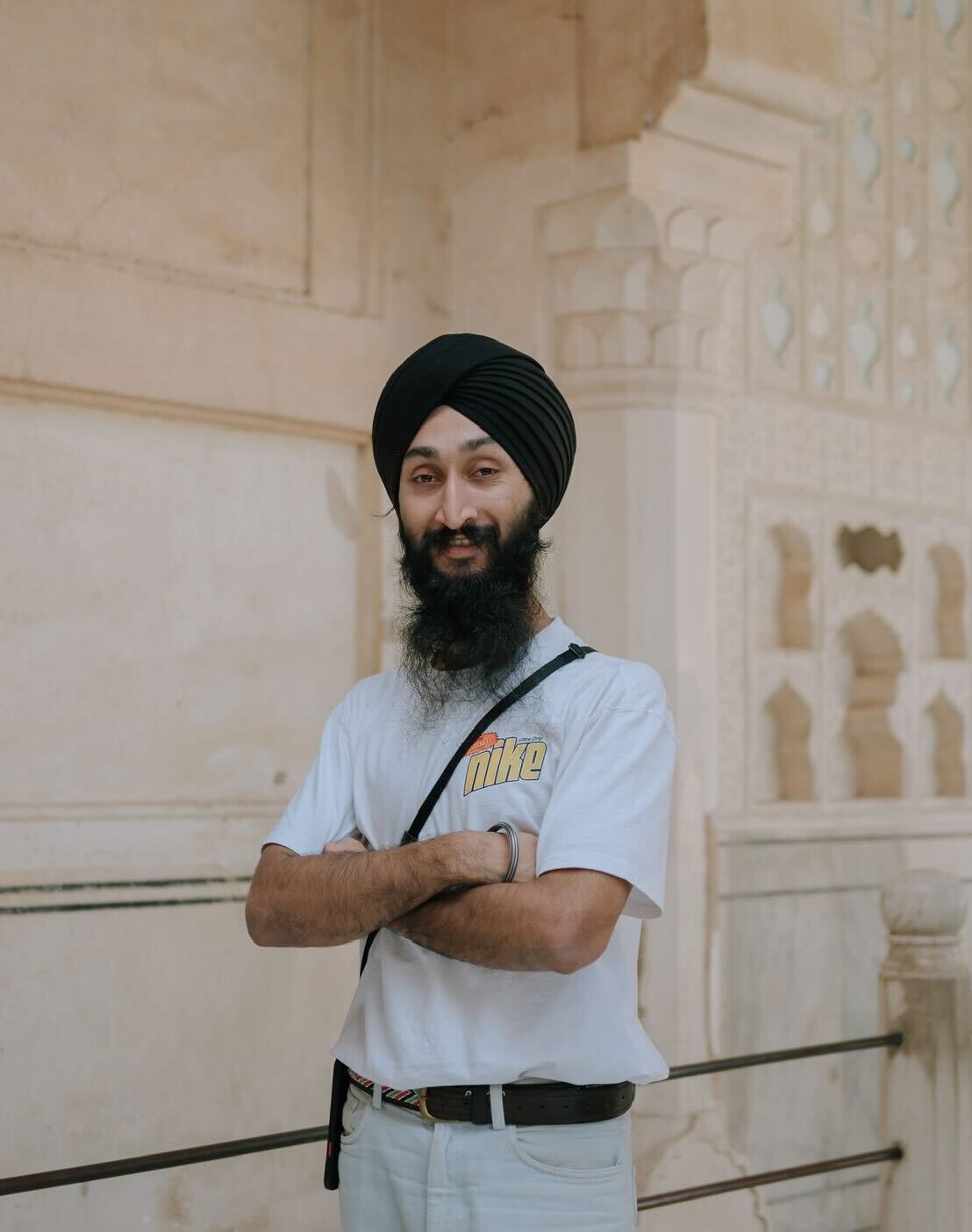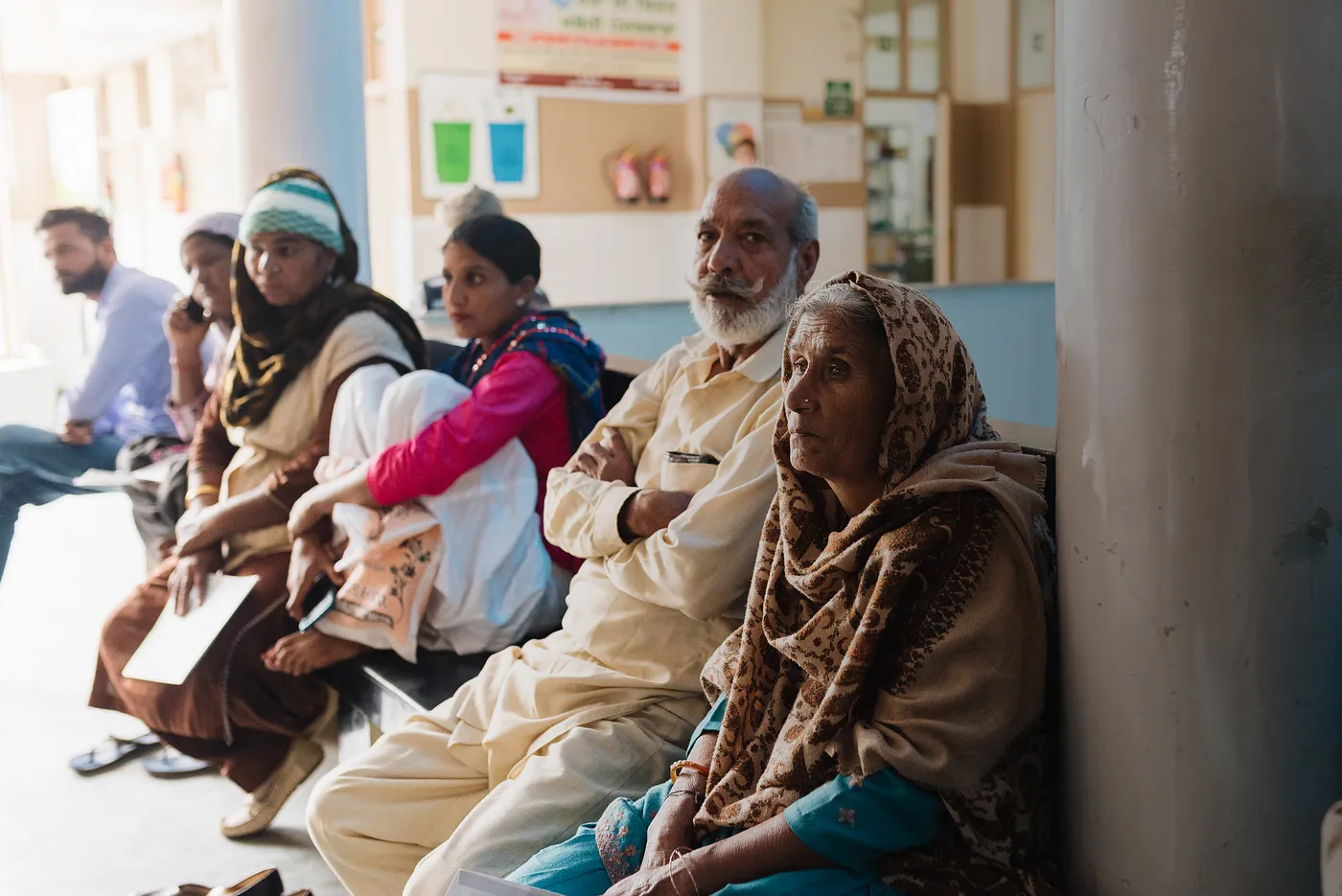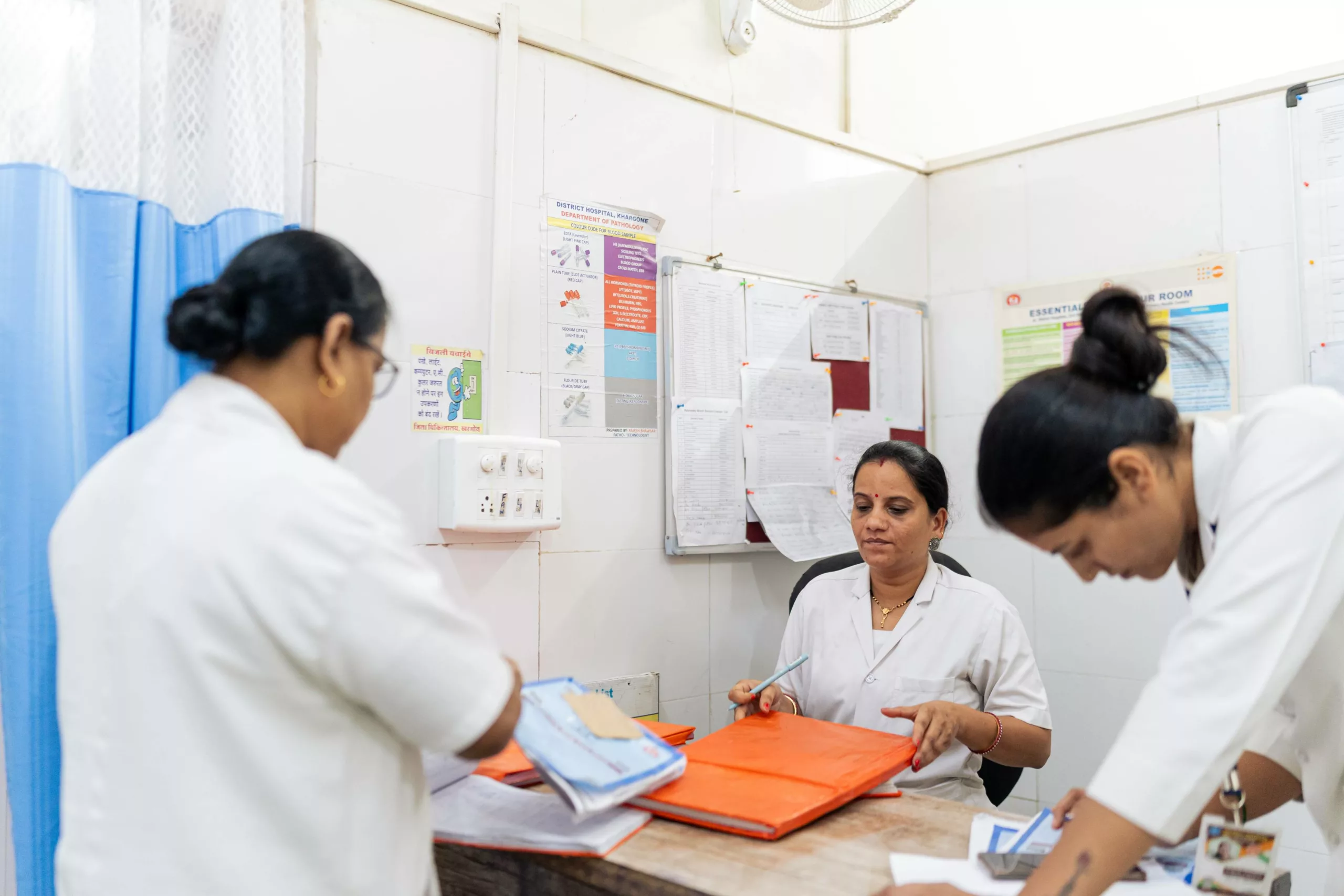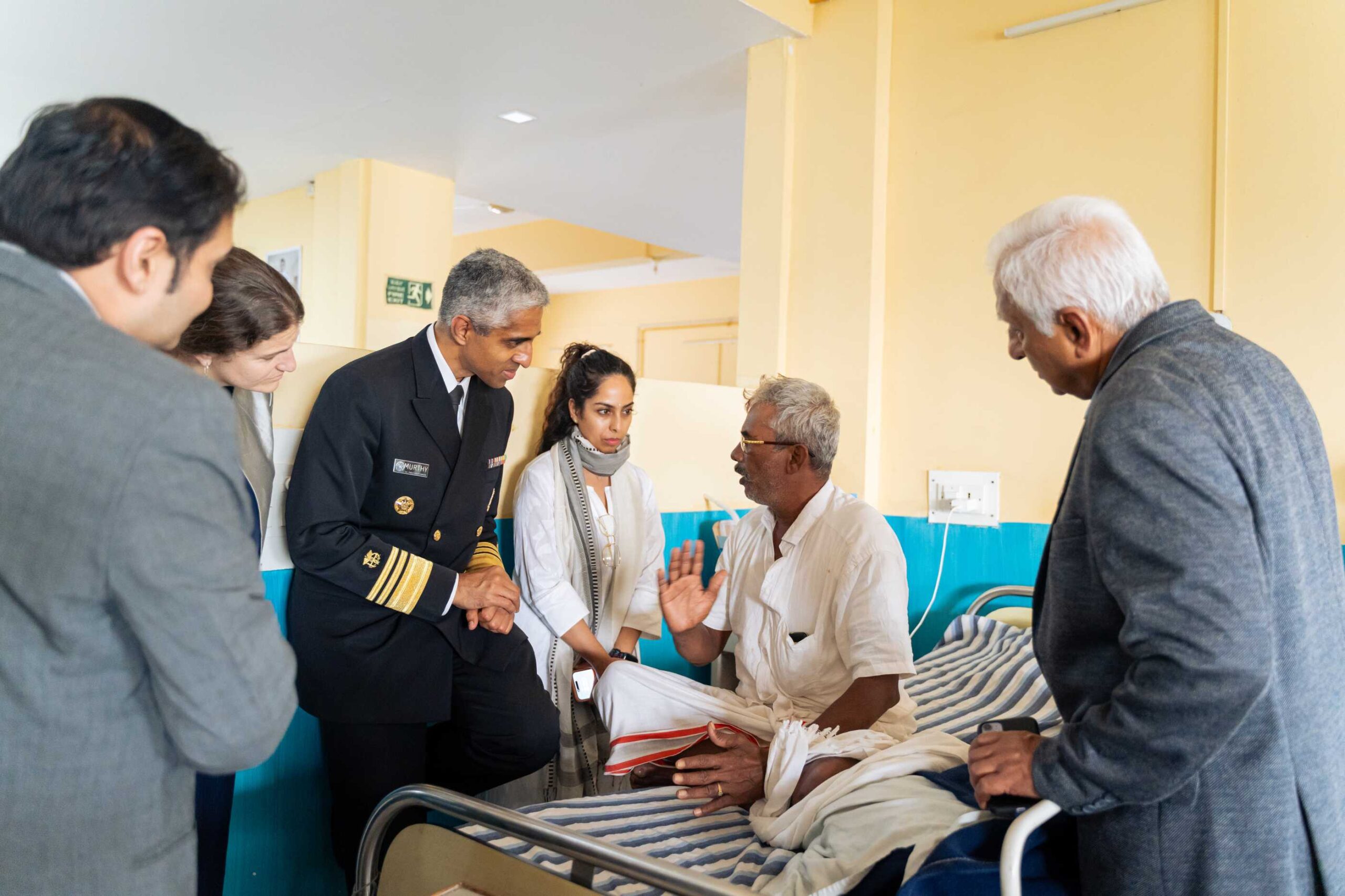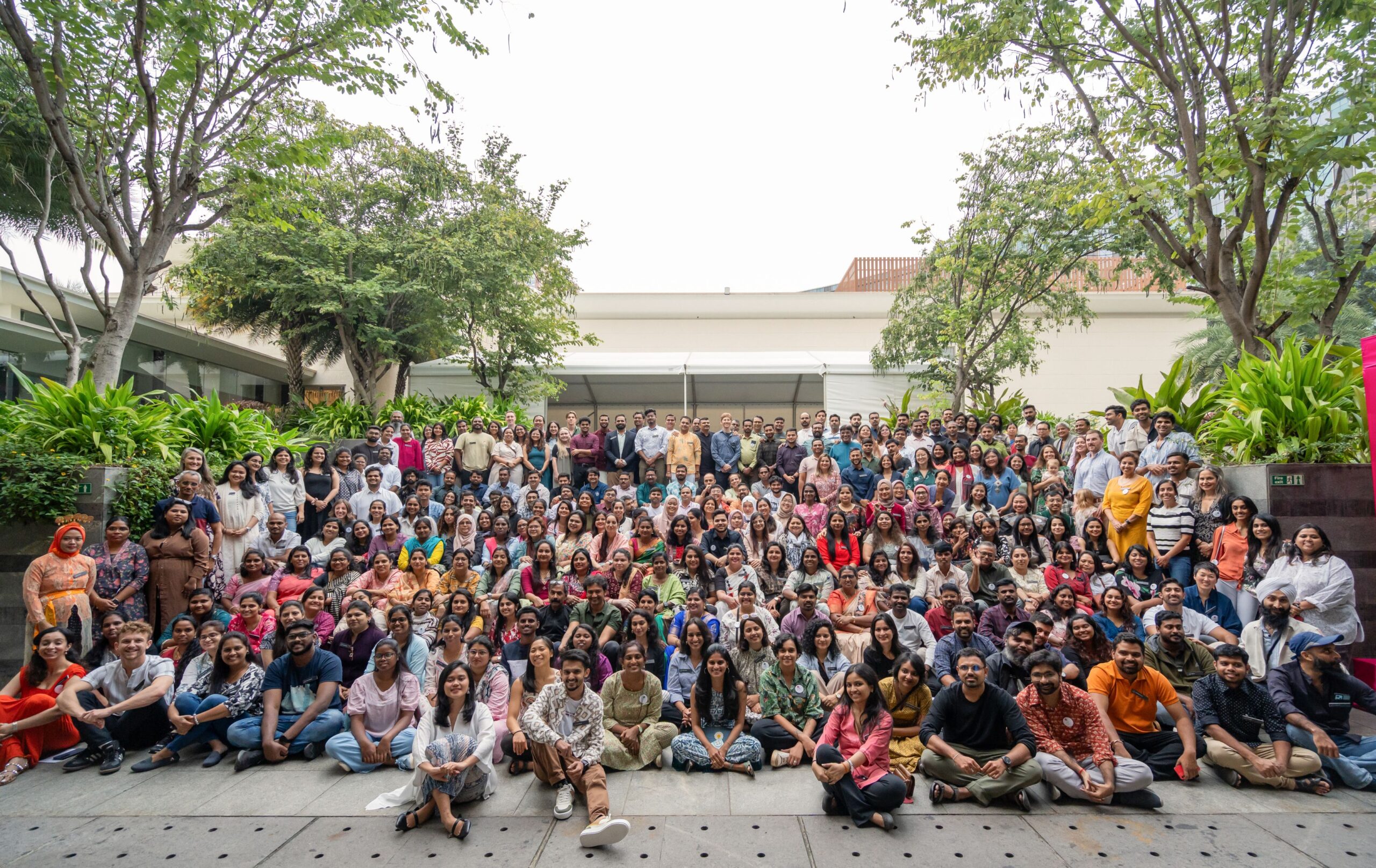
Reimagining the team retreat
How human-centered design can create meaningful experiences.
For many people, the first thing that comes to mind when you think of a team retreat is boring presentations, awkward team-building activities, and long days of forced socializing that leave everyone exhausted — but not closer.
At Noora Health, we knew there had to be a better way. As long-time practitioners of human-centered design, we’ve consistently applied these principles not just to our programs, but to how we work together as a team. Our past team retreats have benefited from this approach, and this year, as we started planning our milestone ten-year anniversary gathering, we naturally asked ourselves once again: How can we use human-centered principles to create a truly meaningful experience when our team comes together?
Fresh from our 2024 All Team Retreat — which brought together 250+ teammates from four countries over three days — we wanted to share how human-centered design helped us craft an experience that was purposeful, engaging, and uniquely tailored to our team’s needs and personalities.
Designing for human connection
Team retreats have always held a special place in our decade-long journey. We see them as not just events but opportunities to reflect and strengthen the values, connections, and collective energy that define our organization.
Given this significance, applying the same human-centered design principles that guide our daily work allowed us to transform the traditional retreat experience into something truly meaningful — especially as we’ve grown from a small team to a global organization.
1. Listen first, design later
When planning began, our first step wasn’t to book venues or draft agendas. Instead, we started where we always do with human-centered design: understanding user needs. Through feedback from past retreats, team-wide pulse check surveys, and many one-on-one conversations, we learned what was most important to the team going into the retreat and what they expected out of it.
One of the key themes that emerged was the disconnect between retreat agendas and teams’ day-to-day realities. Past retreats had largely focused on big-picture thinking, which was essential. However, people shared that they also craved more meaningful peer-to-peer interactions, especially as the organization had grown rapidly over the past year — teams were expanding and evolving quickly, making cross-team collaboration increasingly complex.
To address this, we knew that team-building activities, which have been a long staple of our retreats, needed to evolve. We wanted to move beyond activities that simply built camaraderie, instead creating pathways for deeper collaboration across teams.
One of the ways we did this was through a Rube Goldberg-inspired team-building exercise. People were split into mixed groups to ensure that they worked with colleagues they didn’t usually collaborate with. Each group was tasked with constructing a pathway that would guide a ball from start to finish, using a limited set of materials. The goal was for the ball to complete the entire course first on each table and then across all 35+ tables, without interruption. This required careful planning and seamless coordination not only among team members but across different teams. Instead of working within their own silos, members had to collaborate across functions to create a complex, interconnected system, just the way our organization functions in practice.
“I absolutely loved how everyone came together to build the Goldberg trail — it’s amazing what we pulled off in such a short time. Putting in that intense, collective effort for three hours felt incredible.”
The exercise proved to be a tangible way to break down silos, spark new conversations, and reinforce the idea that our success depends not just on individual efforts but on how well we work together.
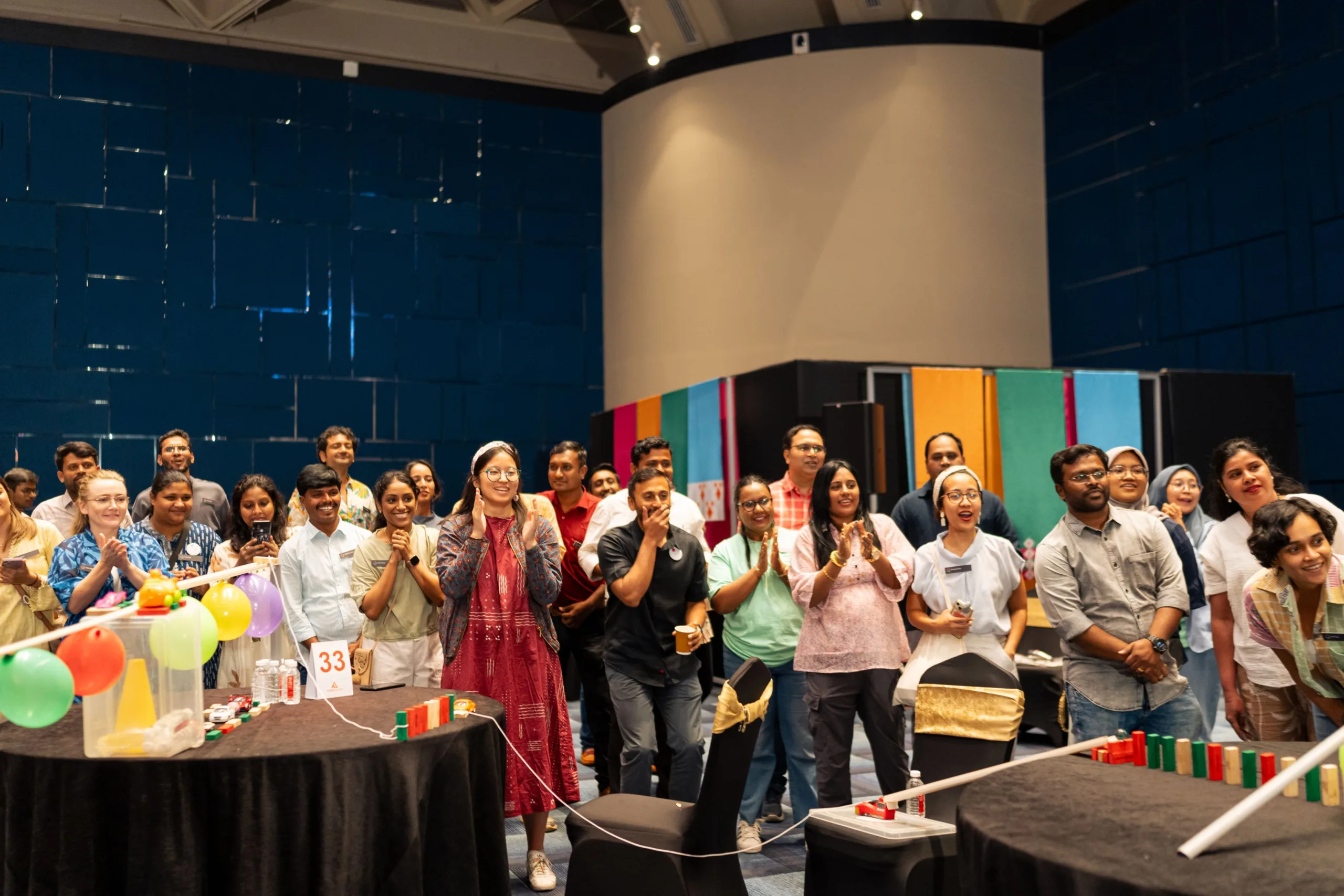
2. Create with, not for
Once we had gathered insights from people across different teams, we were ready for the next step — co-creation. In human-centered design, co-creation means involving the people you’re designing for as active partners in the design process. To do this we formed a core team for the retreat, spanning various departments, salary bands, regions, and countries. This group didn’t just provide input — they became co-owners of the retreat, collaborating on everything from initial concepts to final execution.
Their varied perspectives transformed what could have been a one-dimensional experience into a richly textured gathering that resonated across our global organization. One area this reflected in was the wide variety of food options that were available throughout the retreat. Food choices were thoughtfully curated to reflect the diverse cultures within our team, ensuring that dietary preferences and cultural norms were respected.
Co-creation was a thread that ran through not just the planning, but also the execution of the retreat.
For example, ahead of the event, we conducted an organization-wide pulse check survey to gather feedback on what’s working and where we could improve. At the retreat, we carved out dedicated time to share these findings openly with the whole group, using them as a foundation for a collaborative session where participants could co-create solutions in real-time. Rather than simply identifying problems, this approach allowed everyone to be part of the solution-building process.
“The pulse check helped me get a realistic sense of what’s happening across the organization, and tangible ways in which things can improve.”
3. Prototype, test, evolve
For human-centered designers, prototyping provides a pathway to make ideas tangible, and to quickly get key feedback from the people you’re designing for. And this was central to how we conceptualized the final retreat agenda.
Every new idea envisioned was prototyped and tested first. We role-played sessions, tested strategy ideas, and circulated mock-up designs. This was done not just among the core team or the leadership team, but also with friends and family to gain diverse perspectives. After each round of feedback, we came together to discuss insights, evolve the ideas, and refine them into their final versions, shaped by multiple viewpoints. For example, when designing the goodie bags, we created different options and had ten different team members vote on their preferred choices.
“I liked the spirit of the core committee and how we all came together and connected — so determined to make the retreat a success, together.”
This iterative process didn’t just shape the finer details — it also influenced larger structural decisions. During the testing process, we heard a clear desire to engage with peers in a more unstructured setting – especially for introverts or those who preferred one-on-one interactions to large group discussions. This led to us taking a ‘no-presentation’ approach to the whole retreat, as well as introducing our most popular session — carnival-style booths where different teams showcased their work in a more relaxed, personal atmosphere. This format allowed for more organic conversations and deeper knowledge sharing, creating a space where voices beyond leadership could be heard.
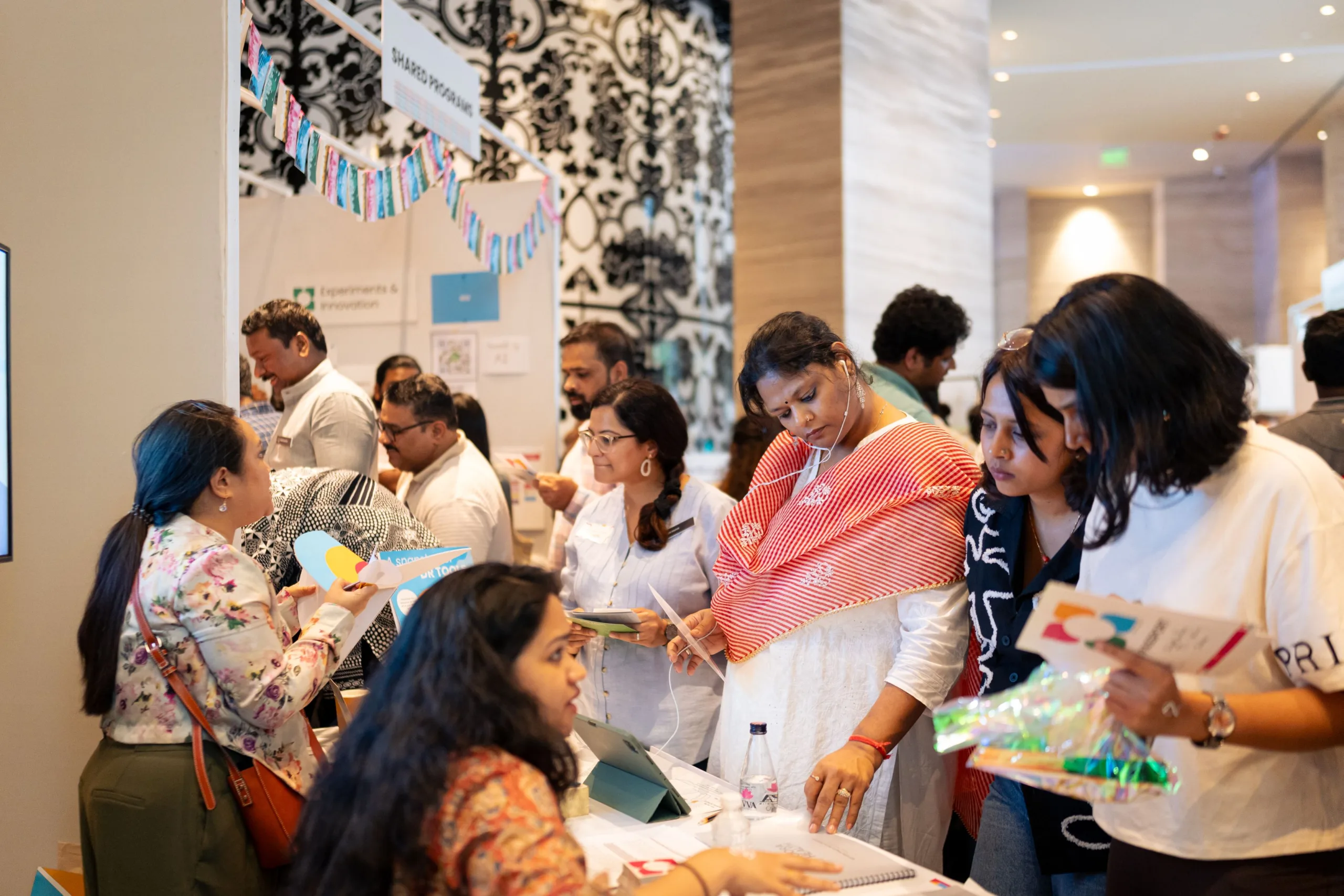
4. Design for every voice
In human-centered design, true innovation emerges when diverse perspectives and experiences are intentionally included, not just represented. To go beyond paying lip service to diversity and inclusion, we knew we had to actively embed these principles in the design process itself. This ensured that the retreat wasn’t a wasn’t a “one-size-fits-all” event, but a thoughtfully designed experience that accommodated the visible and invisible differences among our team members.
Together with the core organizing committee, we mapped the diverse needs across our team. This included physical accessibility requirements, caregiving responsibilities, cultural and religious practices, and much more. Rather than treating these considerations as special accommodations, we integrated them as core elements of inclusive design.
In practice, this meant meticulously planning transportation and room allocations, taking into account walking distances and accessibility. For new parents and those with children under the age of five, we invited them to bring another caregiver along, so that they could participate fully without divided attention or added stress. Honoring communication diversity, we designed activities that catered to different interaction styles, creating spaces for both introverts and extroverts to contribute meaningfully. Similarly, we provide prayer rooms, flexible breaks for religious observances, and cuisine that respects various dietary practices and cultural traditions.
Always a work in progress
The energy during the retreat was electric yet intimate — something many team members noted and appreciated. One of our colleagues observed, “When people didn’t know what to say to each other, they just started complimenting each other. It was heartwarming to see.”
Of course, not everything went exactly to plan. A key to the success of past retreats has been choosing unique locations that immerse people in nature, not hotel ballrooms. As our team grows — a point of pride — it also complicates travel logistics and venue options. This time, a major challenge was working within the constraints of hotel conference spaces, where back-to-back events prevented us from keeping setups in place for long. Many attendees wished they’d had more time for our interactive exhibits such as the booths. Additionally, several people found the schedule to be a bit packed and suggested making it more flexible in the future.
These reflections are a reminder that human-centered design isn’t a one-time event; it’s an ongoing cycle of improvement.
Every year, we evaluate the retreat’s impact — not just in terms of execution but in how it makes people feel and connect. These insights help us refine and elevate the experience year after year.
As we close this chapter of our tenth all-team retreat, what stands out isn’t just the scale of the event or the milestones we celebrated. It’s the connections we forged, the ideas we sparked, and the collective energy we’re carrying forward. For an organization like Noora Health, where the mission is rooted in transforming lives through care, the retreat is a reminder that we must care for each other too. It’s a living embodiment of our values, showing that the same human-centered design principles we apply to our programs — empathy, co-creation, and iteration — must also guide how we build and sustain our team.

